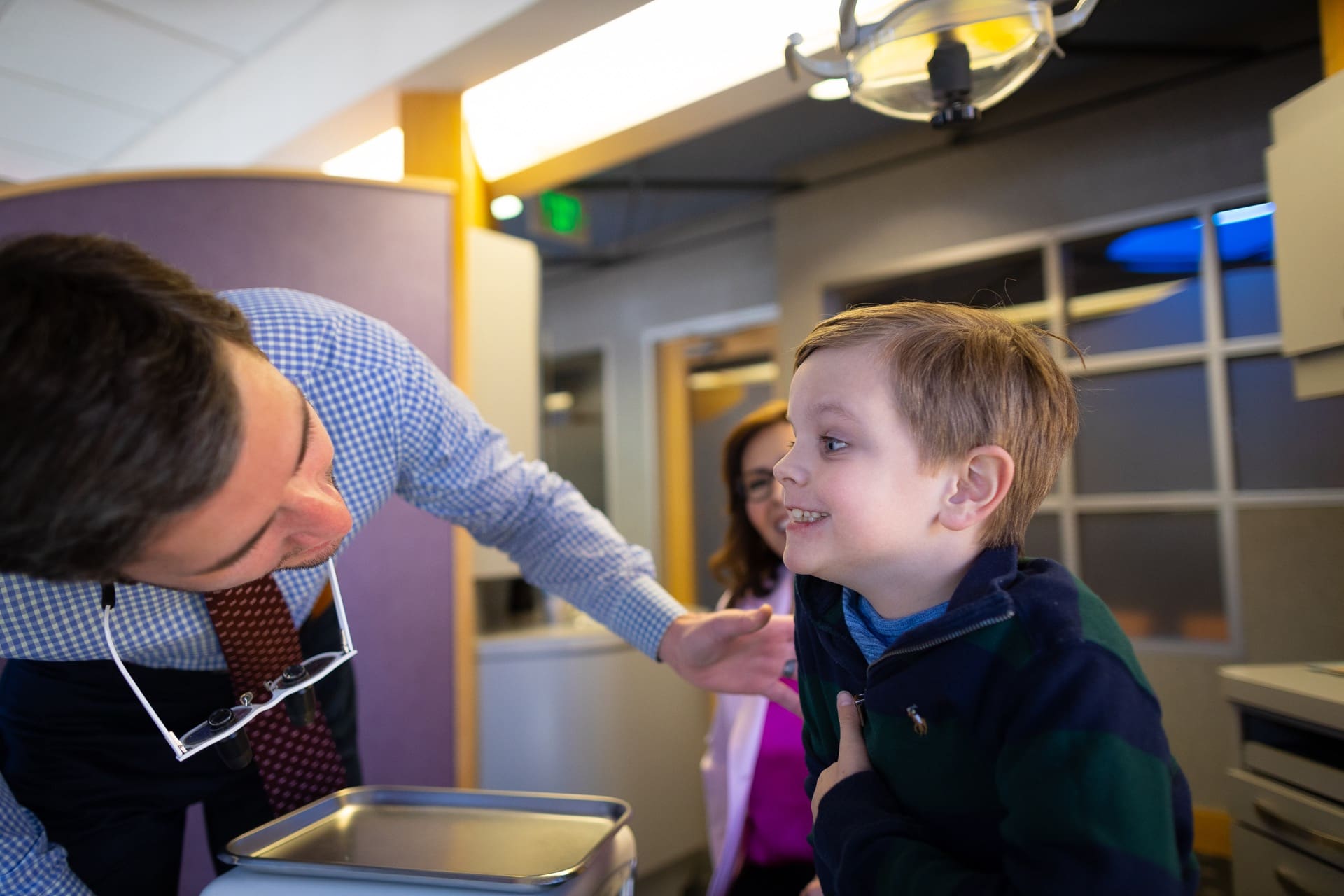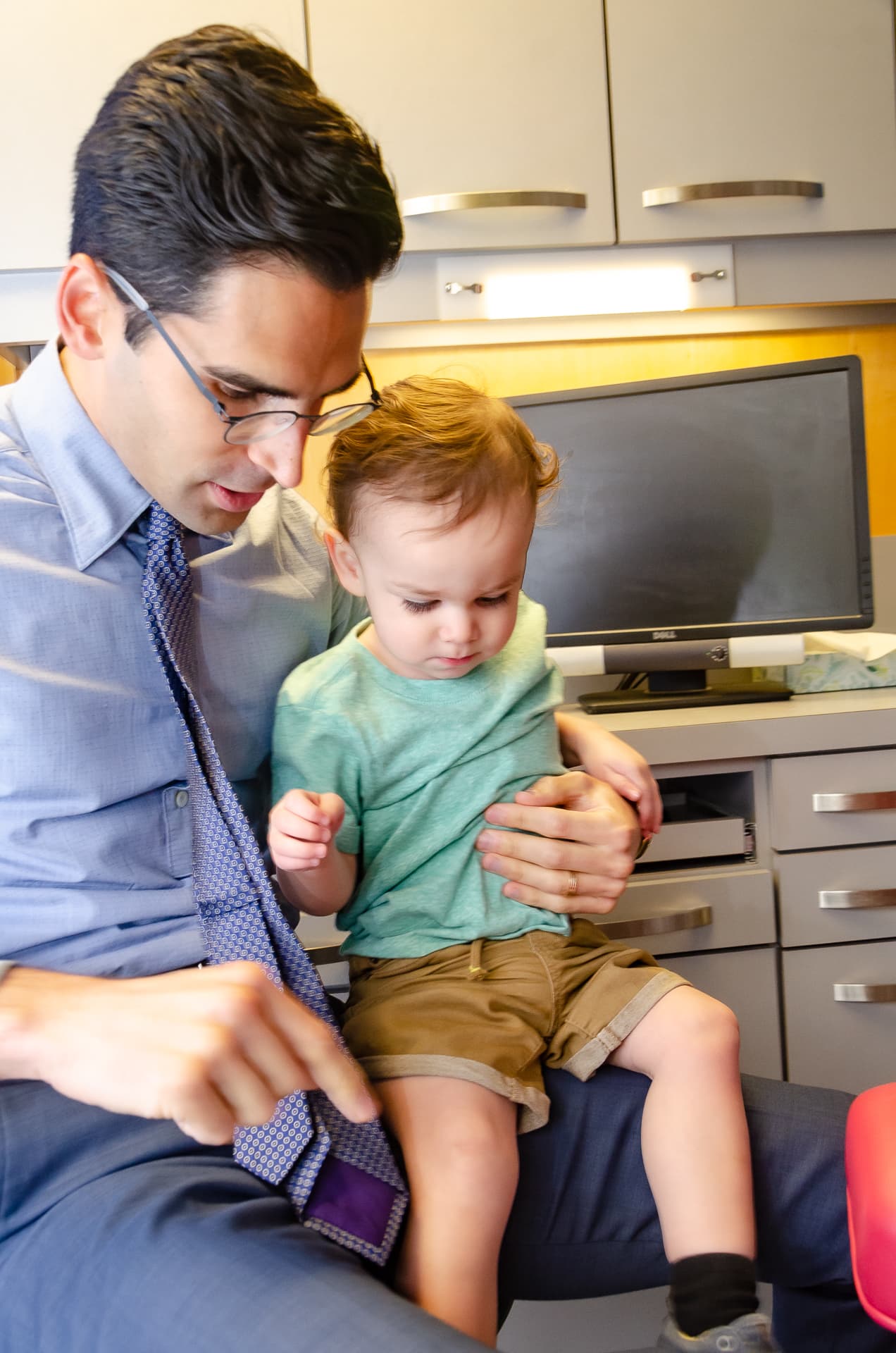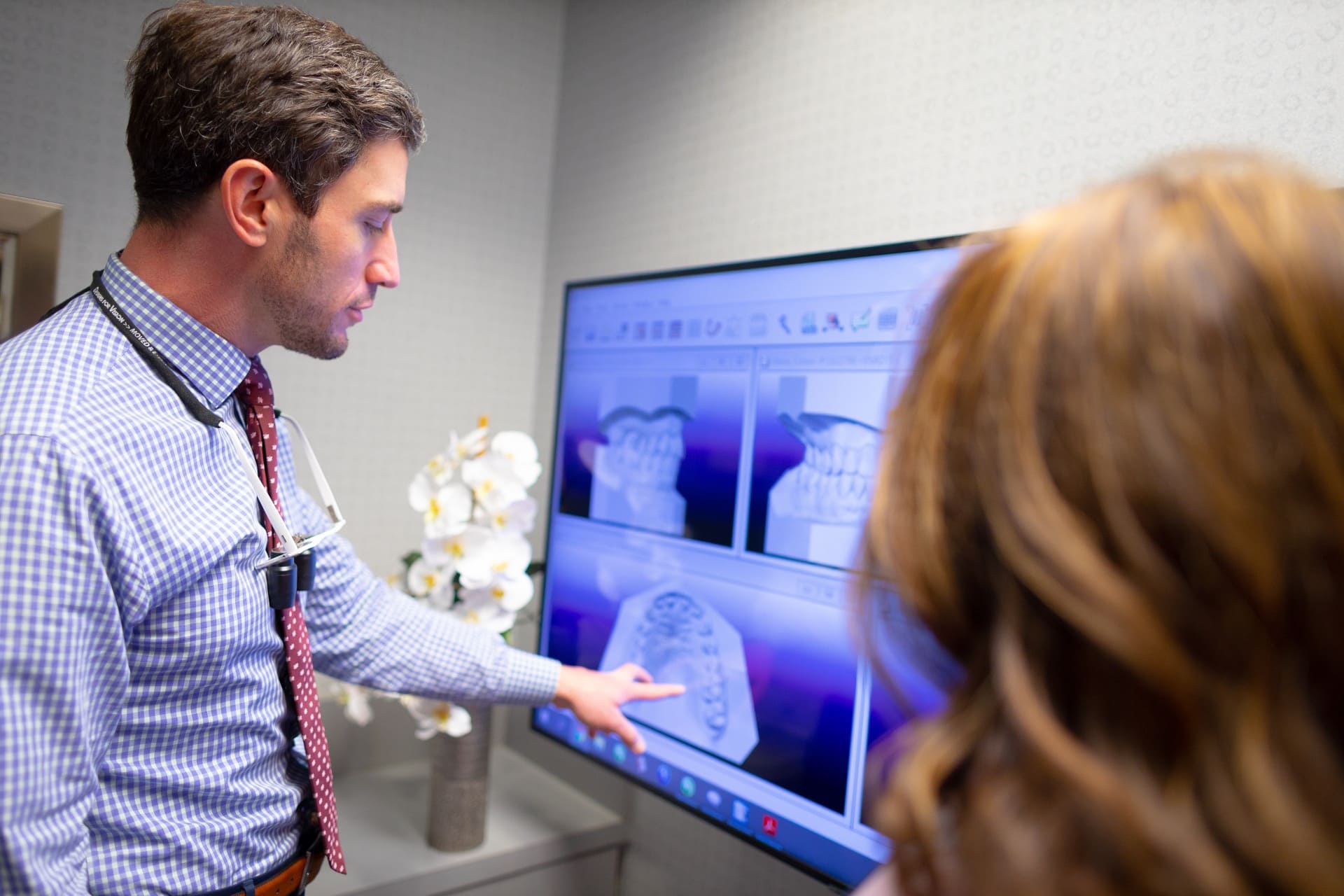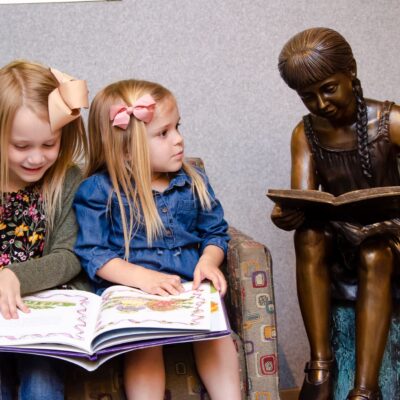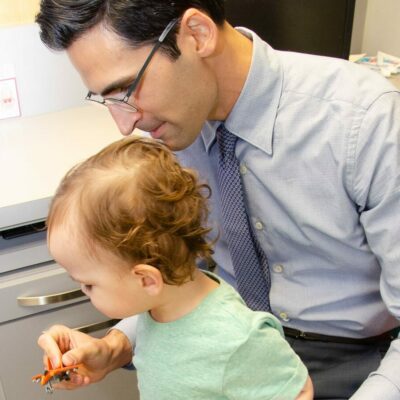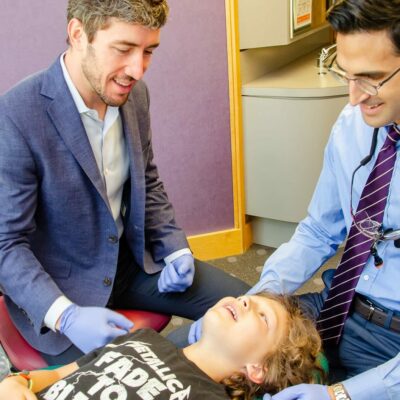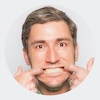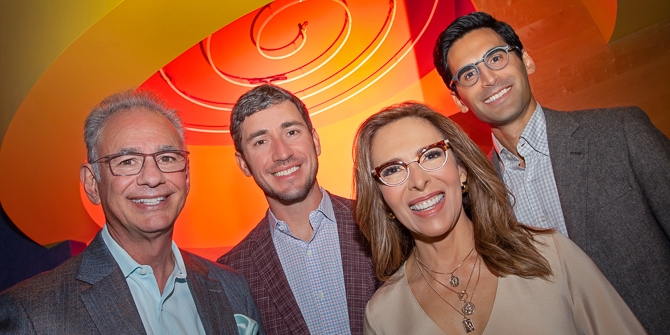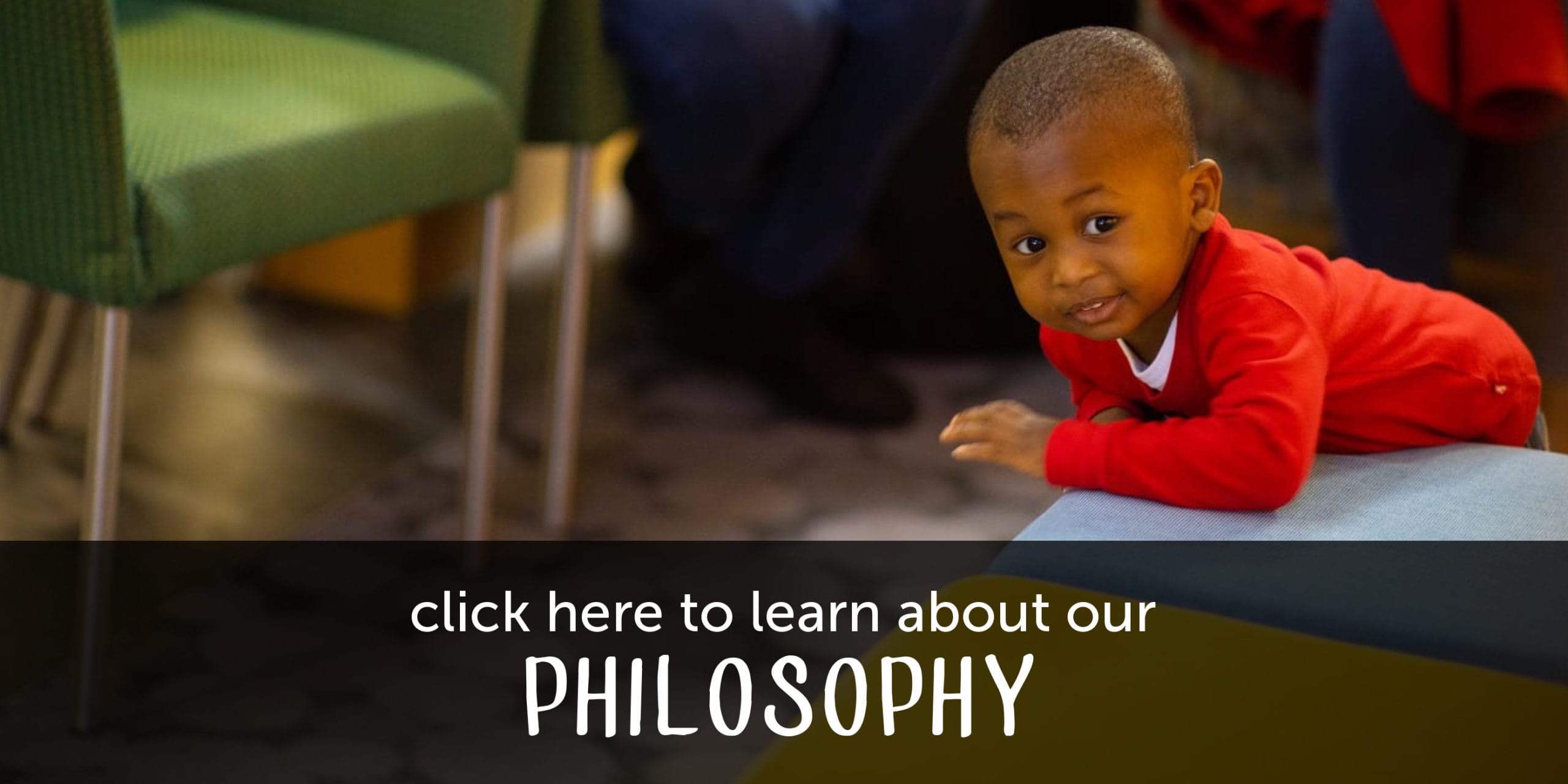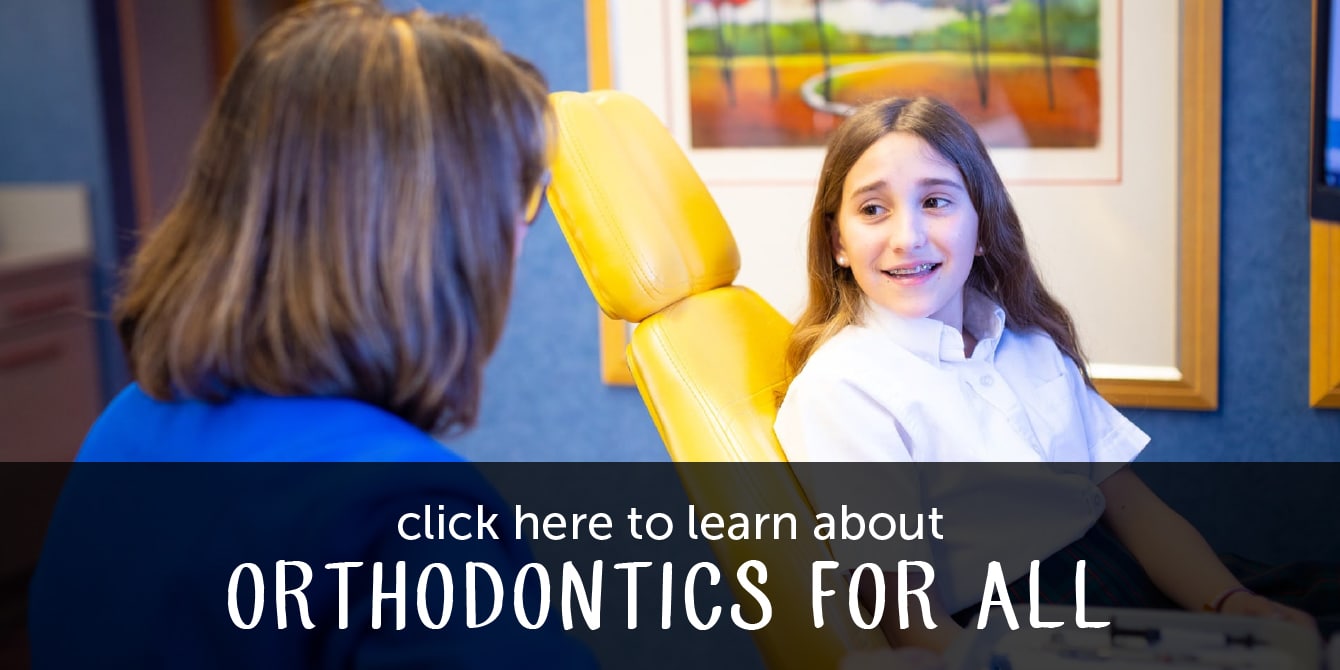Pacifiers are not all bad … They have their place, and we want to help you understand when and why to use them, and then how to eliminate the habit once its purpose has ended.
In the beginning…
When babies are born and begin nursing or bottle feeding, they present a forward tongue position which extends forward and backward when sucking. This helps the movement of milk transition from the front of the mouth to the back. As babies develop and increase core strength to begin sitting, they also eat more solid foods, thus changing their feeding pattern to an up and down chewing motion. Prolonged use of pacifiers, thumb sucking, bottle and sippy cups encourage the tongue to move forward in the mouth, continuing an infant-like pattern.
Pacifiers can be helpful in comforting infants, but studies have shown continuous use can increase ear infections, cause poor tooth positioning, narrow arched palates as well as speech and language delays. To avoid these problems, pediatric dentists recommend limiting pacifier time to nap and bedtime once they are two years old and eliminating entirely by age three. Before age two, it is up to you to read their cues and consider their needs. Frequency, intensity and duration are keys to negative impact so reserving it for sleep times when older can minimize the possible damage. If a child continues their habit beyond age three, including finger or thumb sucking, an evaluation for possible underlying causes (such as airway, mouth breathing or tongue ties) should be considered.
Pacifier care:
- Clean the pacifiers by boiling in water or running through a dishwasher until the infant is six months old, when their immune system matures. After that, simply wash with soap and water. Do not “rinse” them in your own mouth as you will spread many germs to your baby.
- Do not coat them with sugary substances (honey, sweetened beverages) to encourage their acceptance.
- Replace them often, watching for signs of deterioration, and graduate to the appropriate size as their mouth grows.
Tips on how to limit and eliminate pacifier use:
These are some ideas we have learned from professional advice and also from you, our parents!
- Let your baby guide you. If they are not interested in a pacifier, do not force it upon them. That said, if they are choosing their thumb or finger, gently introduce a pacifier as that is a much easier habit to help them stop when the time is right.
- Restrict use to only when the toddler is falling asleep (naps or nighttime).
- Gradually cut the tips shorter to reduce the sucking satisfaction.
- Explain to the child that there are newborn babies who need the pacifiers more, and make an event of gathering up all the pacifiers and putting them in a box to “give away” with lots of praise for being so generous and for being a big kid.
- Introduce and stage a visit from the Binky Fairy. Explain to the toddler that the Binky Fairy will come to take the pacifiers away and leave a toy or treat in their place.
- Work with your child to choose a spot in your flower bed (or flower pot) where they can dig a hole and “plant” their pacifiers and water the soil. Then the next day have little toys or treats poking out of the ground in place of the pacifiers. *Side note: I would secretly dig up the pacifiers and dispose of them by morning. Your smart toddler might think they can retrieve their “pacis” by digging them up if they begin to wish for them again.
- Another idea is the Frida Baby Pacifier Weaning system. Five pacifiers come in the kit starting with a whole one, then a gradually shorter nipple down to none, designed to slowly reduce sucking satisfaction. An instruction and schedule sheet is included.
- Gather and mail the pacifiers to a destination of your choice with the promise that your child will receive a surprise reward package in return.
- Take them away “cold turkey” as you might be lucky and find they don’t really need them anymore, especially if you have been gradually tapering their use.
Contact our office today!
At myKIDSdds we know, through working with countless families, how confusing pacifier information can be. We can help you with customized pacifier advice and an approach to stop the habit that feels best for your family. Please call us with any questions or challenges you are experiencing.
Healthy Smile, Healthy Child
Of course, a beautiful smile begins with a healthy smile. Our team will help your child achieve good oral hygiene through regular cleanings and one on one education. Your little one will receive an oral hygiene score and coaching each time they visit us for a cleaning, cultivating a sense of responsibility and accomplishment while also building their confidence each time they improve their score. Don’t forget, a clean mouth promotes total body health and wellness too! This is why our doctors will screen for airway issues, talk about nutrition, eating habits, and much more. We want our patients to be empowered in the knowledge we provide to them on the health of their facial complex and how it relates to their overall systemic health. We are excited to partner with you throughout your child’s pediatric dental journey into orthodontics, and beyond!
